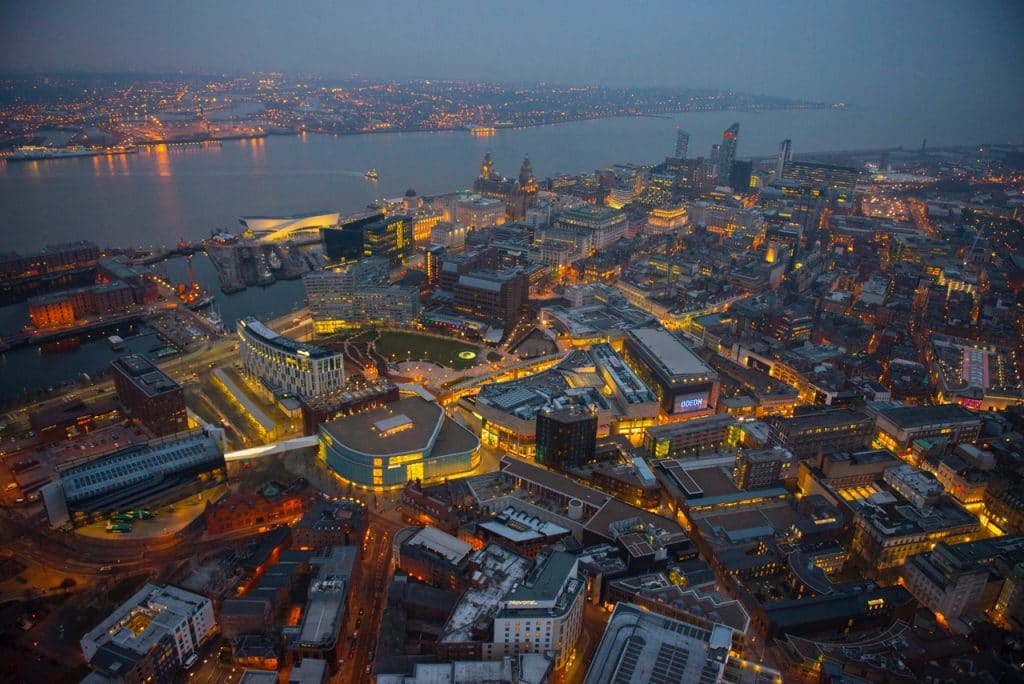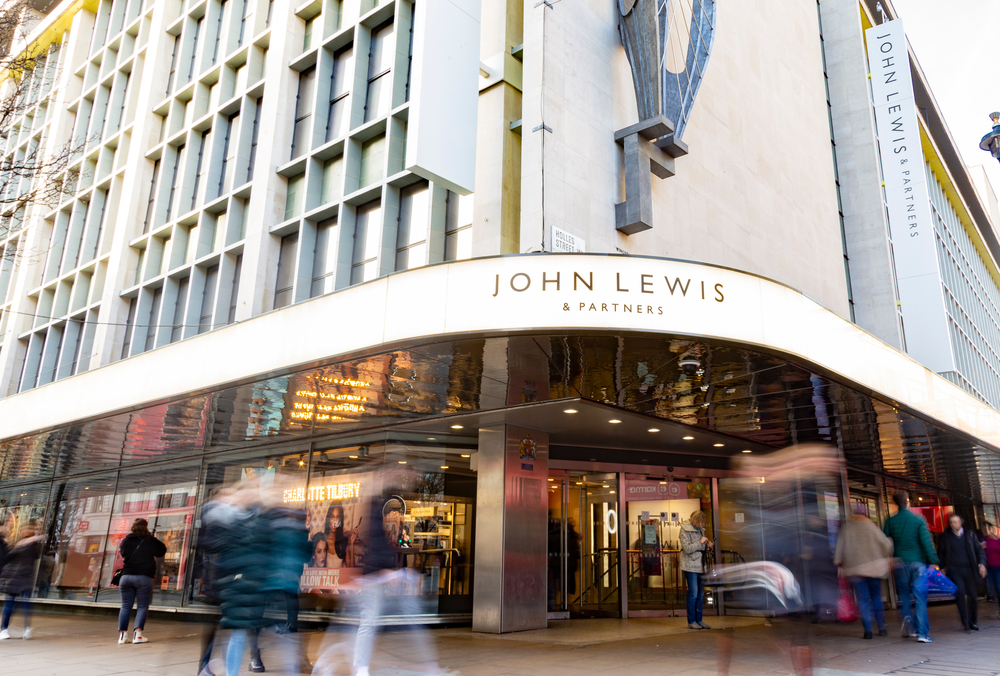“There was a lot of anger around,” recalled Derek Hatton, the face of Liverpool’s ultra-left-wing movement in the 1980s.
In the living memory of most of its residents, Liverpool was a very different city than it is today. The gradual decline of factories through the 1970s meant that by 1985, 20 per cent of the city was unemployed – twice the national average.
Twelve-thousand people a year were leaving the city and 15 per cent of the land in the city was derelict.
To an outsider standing in the shadow of what is set to be the biggest JD Sports store on the planet, it’s tough to imagine a time when Liverpool was anything other than the stunning, friendly metropolis it is today.
Liverpool One represents the latest development in what has been a long and gradual regeneration of the city. Through the 1990s Liverpool’s economy began to expand, and soon overtook the growth of the national average.
Yet at the end of the decade, the city was struggling to attract investment from new “high quality” retailers, and swathes of the city centre were still underutilised.
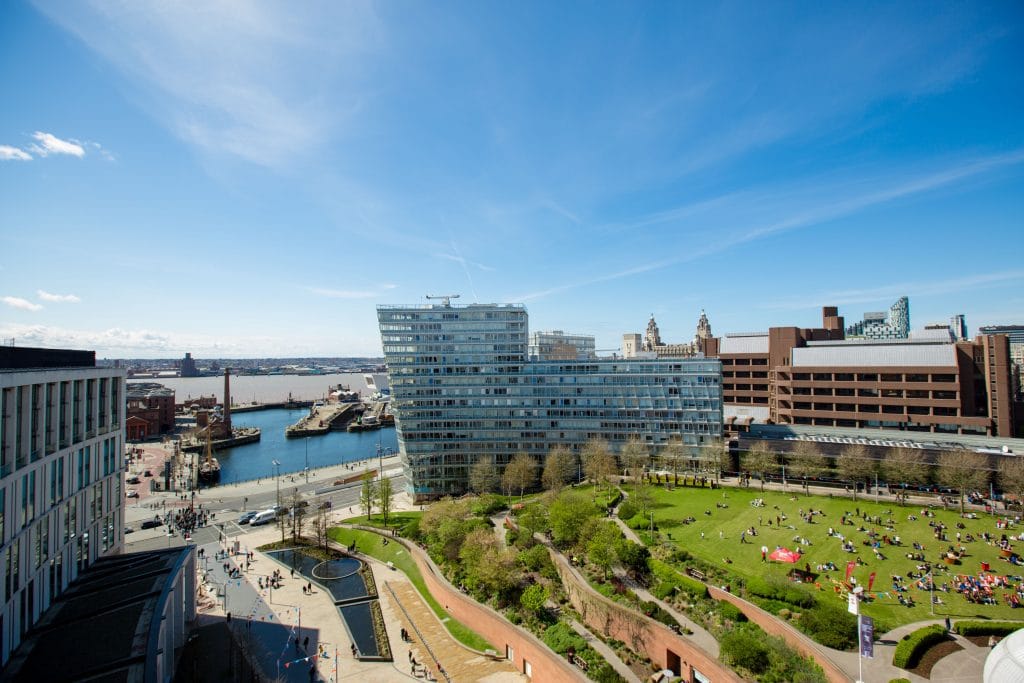
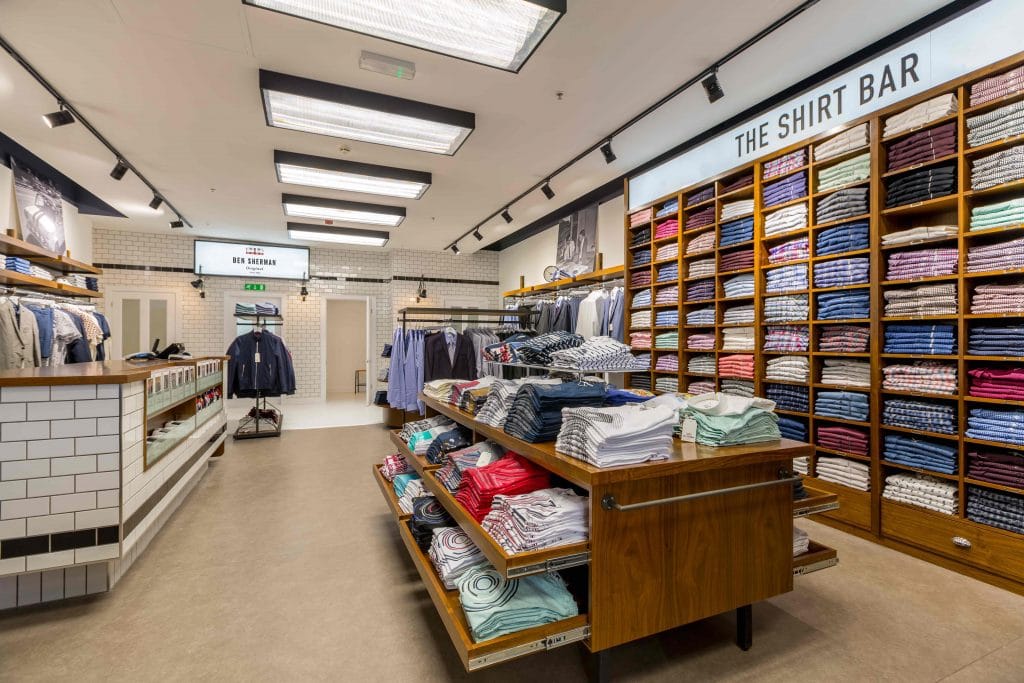
“Because there was no investment, shoppers were going elsewhere, and because shoppers were going elsewhere there was less reason to invest and it was just stuck in that vicious cycle,” said Miles Dunnett, portfolio management director at Liverpool One’s parent company Grosvenor Europe.
Thus, the UK’s largest open-air shopping centre – and sixth-largest centre overall – was born: Liverpool One.
It was conceived with the goal of further advancing the city’s regeneration, not only bringing Merseyside’s shoppers back to the heart of the city, but attracting brands that would elevate its retail offering to contend nationally.
Despite launching during the very heart of the financial crash, 2008 proved to be a blessing in disguise for the scheme.
“2008 wasn’t a great time to be repositioning the city with two-hundred-and-something units,” Dunnett told Retail Gazette.
“We were designing this to have a real sustained impact on the city, and we wanted that to be partly the way that we could occupy spaces”
“There was us, there was also the arena, then there was the 2008 capital of culture. That hat trick of things came together.”
Part of the reason for its early success is Liverpool One’s faithfulness to the rest of the city.
Instead of positioning itself as outstanding shopping destination which is an attraction in itself, its aesthetics fit into the city’s architectural theme.
“All the streets that you see on the map are exactly the same layout as they were from day one,” Dunnett continued.
“The concepts that we came to for the regeneration were that we needed an open scheme respecting the streetscapes and interesting architecture drawing all those stakeholders around the city together, that will then breed regeneration.”
This is executed effectively, to the extent it’s difficult to know when Liverpool One begins and the rest of the city ends. To integrate the development, 27 different architects were hired to design each part of the scheme.
“We were designing this to have a real sustained impact on the city, and we wanted that to be partly the way that we could occupy spaces,” Dunnett added.
“We wanted this to be part of the city, and if it all looks the same, it all looks the same. We wanted it to be interesting and engaging. Each of the entrances there’s a standout piece of architecture.”
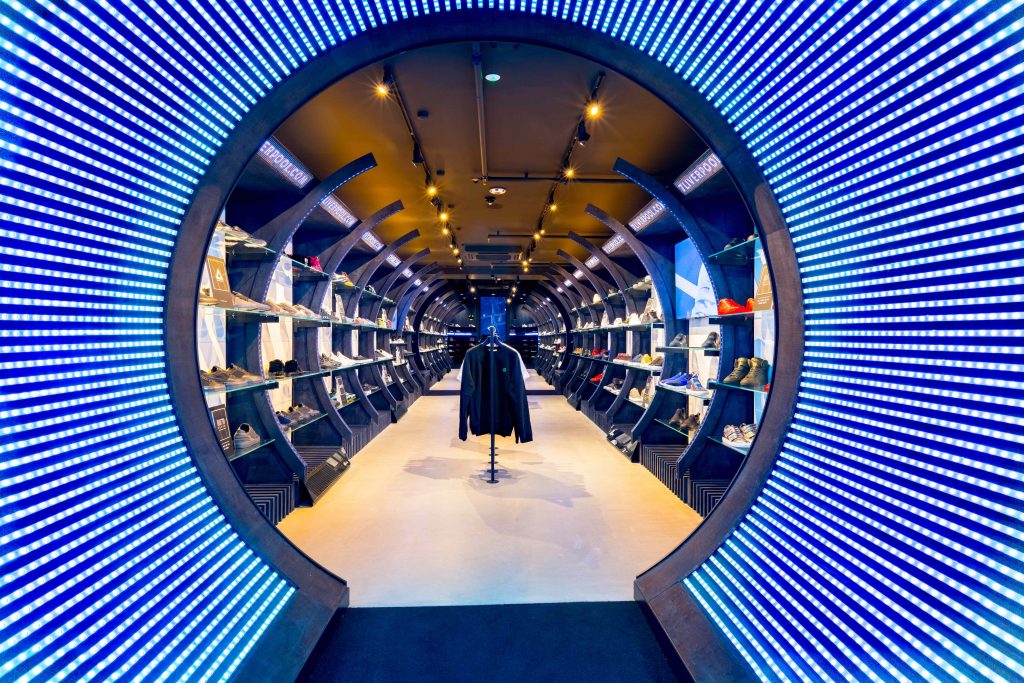
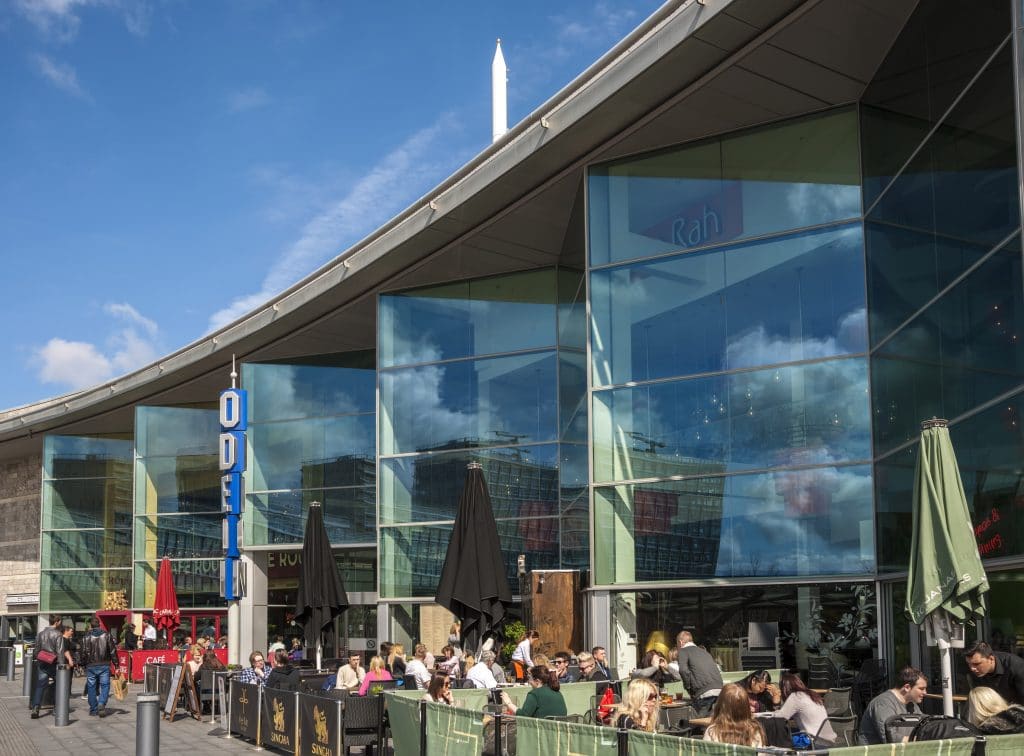
Since its launch nearly a decade ago, Liverpool One’s popularity has grown in parallel with the rest of the city.
Not only has tourism become a major source of income for Liverpool, but its potential in the eyes of retailers has also grown.
When it launched, luxury department stores like Harvey Nichols would scarcely consider Liverpool as a desirable destination. Thanks to a mix of consistently strong performance from its tenants, growing eight per cent above the national average since launch, and pro-active targeting of brands, there is now significant demand for retail space.
A driving force behind the tenant’s strong performance has been “clustering” of certain brands with similar target audiences. For instance, Ben Sherman, Fred Perry, Dr Martens and Pretty Green are all positioned alongside one another.
The scheme’s unusual layout has also allowed Grosvenor the ability to utilise “mini-anchors”.
These are key retail attractions like 7, a Liverpool-exclusive offshoot of Footasylum with an LED tunnel as an entrance, that offer a reference point other than the large John Lewis and Debenhams stores.
But the heart of Liverpool One’s success has been its commitment and understanding of the city and its residents.
“The whole retail offer in the city is getting an injection,” Dunnett said.
“That helps underpin that we are here for a long-term, not just getting it to a level and sell. We are invested in the performance of the city in the long term. This for us is a sustainable long-term project.
“Liverpool is a place that is engaging, it is light-hearted, it does like to be different and the way that we laid it out, the way we designed it and the way that we hopefully manage it now is all exploiting what Liverpool was about.”
Click here to sign up to Retail Gazette’s free daily email newsletter

